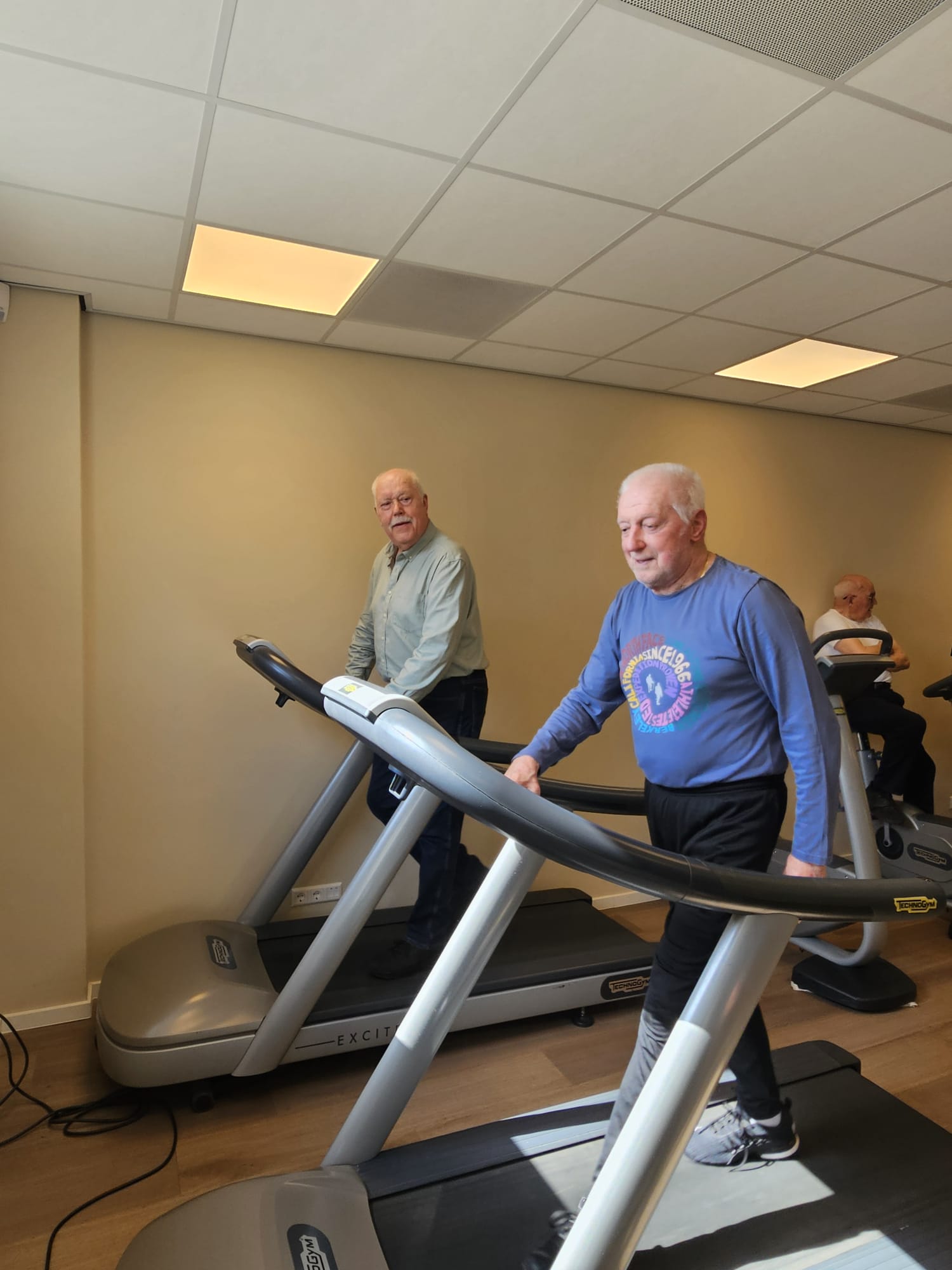Specialization
Etalage legs (claudication)
Intermittent Claudication
Walking further, less pain
Narrow leg syndrome, also known as intermittent claudication, is a symptom of peripheral arterial vascular disease. Constrictions in the arteries to the legs cause pain or cramping in the legs while walking. These symptoms usually diminish at rest.
At PhysioMCN, you will have access to a modern exercise facility with a team that specializes in the treatment of etalage legs. We provide a safe and effective environment to improve your mobility and quality of life.

etalage legs
Questions about etalage legs
What are etalage legs symptoms?
This disease causes pain, cramping or a numb/tired feeling in your leg. When you walk, you get the symptoms. If you stand still, they disappear within 10 minutes. Measures include quitting smoking, lots of exercise and healthy eating.
Can you be cured of etalage legs?
Measures include quitting smoking, lots of exercise and healthy eating. Walking training under the guidance of a physical therapist helps well against etalage legs. In most people who undergo gait training, no more endotracheal treatment or surgery is needed.
What do you feel with poor circulation in legs?
In the process, you have pain in your legs. Usually you feel the pain in your calves, sometimes in your buttock, thigh or foot. The pain occurs when you walk and diminishes when you rest for 5 to 10 minutes (“hot legs”). The pain comes on faster when you walk uphill or faster.
What does treatment at MCN consist of?
- Gait training: Under the guidance of experienced therapists, we work on improving walking distance and reducing pain.
- Exercise therapy: Targeted exercises strengthen muscles and improve circulation.
- Lifestyle advice: modifications in diet and exercise help improve overall health and reduce symptoms.
- Expert Guidance: Our therapists provide personalized guidance and support to achieve your goals.
Exercise, especially walking, is critical to eliminating symptoms. Therefore, gait training is almost always used for etalage legs. Walking improves the blood flow in your legs. We recommend getting in a half-hour workout preferably daily, but at least 3 times a week.
Walking exercises increase the number of small blood vessels, called capillaries. Gradually, “shortcuts” develop that direct blood around the narrowed vessels.
How far to walk with etalage legs?
Most claudication patients have a pain-free walking distance of about 40 to 250 meters (or more). After about 4 to 6 weeks, the first effect of gait training will occur; pain-free walking distance will increase.
What does a vascular surgeon do for etalage legs?
To reseal the blood vessel, the surgeon may use a piece of your own vein or a piece of plastic. We call this a patch. Bypass: a bypass is a detour past the narrowing or blockage. The vascular surgeon can make a bypass from plastic (vascular prosthesis) or from a vein from your own leg.
How are etalage legs diagnosed?
To make the diagnosis, the doctor will measure your blood pressure and perform a physical examination on you. Sometimes some additional tests are also needed, such as a gait test. This examination allows the vascular laboratory technician to determine if you have narrowing in the arteries of the legs.


